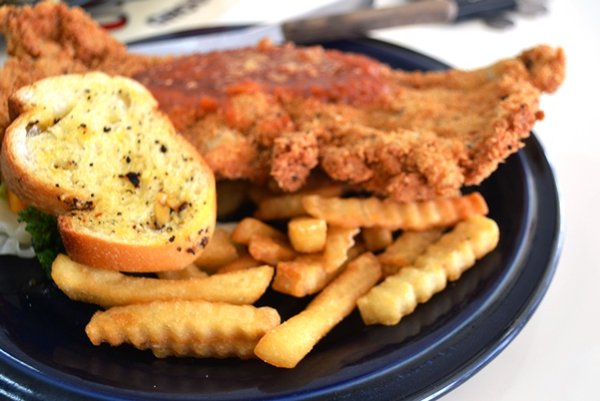Food Photography – The Art of Seeing
By KF Seetoh - Friday, Sep 23, 2011

Often, a chance for a pretty food shot presents itself- the light on the table and food is perfect, soft late afternoon side lighting that accentuates form and texture. The colours on the plate just beckons a shot. You whip out the camera, set it at “P”, point, and shoot. But somehow, we scupper it. That steak came out looking like a rock with sauce and the crayfish noodle looked like aliens roosting on your beehoon.
We often forget to “see” what we are shooting before we release the shutter. Trick, or in professional speak, “the approach”, is to first understand what you are shooting. If it’s seafood noodles, then the sotong, shrimps and noodles must shine through, not the garnishes, however pretty it is. If it’s about how the chef presented and plated that wild sock-eyed salmon steak with lemongrass yoghurt cream dressing over a gorgeous bed of fluffy greens and tubers, then the final result must say so as simply as possible.
Take a close look at the dish, sometimes we have to turn it around to suit what the camera is seeing, not what the eye is viewing. At a certain angle, it looks just right. Our eyes sees it in three dimension form, the camera is a flat 2D image. Close or cover one eye as you view it without peering through the viewfinder or screen, it will give you a very good idea of how it will turn out, even before you shoot. Place the main ingredients, by angling or turning the dish around, whether the meat, soup, pasta or rice, in the best position that says it best.
Often the chef has already plated it with one angle in mind. Look for it. If it’s a plate of messy char kway teow or rojak, highlight and focus on details, like the cockles, chinese sausage or chives or the contrast of you tiao, cucumbers and pineapples drenched in brown hae ko sauce with crushed nuts over with speckles of pink torch ginger flower bits. These little details give the dish identity in your pictures. One look and viewers will know what it is immediately. If they take more than 5 seconds to identify the dish in your picture, then you may want to have a relook at what you think rojak should look like.
So, take that 10 seconds and ogle at the dish, then shoot the angle that best lures you in.
Background
Makansutra founder KF Seetoh began as a photojournalist with the local papers in the 80s and later practiced professional photography since 1990. .These days he spends more time dabbling in Makansutra- telling food tales and culture with words, pictures and experiences. His photography clients include Singapore Airlines, the Shangri-la Hotels, the Singapore Parliament, Readers Digest, Mercedes Benz , The Singapore Tourism Board and the Singapore Armed Forces, among others. He has photographed numerous celebrities and culinary campaigns for major international hotels and food conglomerates. Today, he just shoots with whatever equipment he has in his bag- including compact point &shoots, the top of the line DSLRs to medium format tilt and shift systems.


